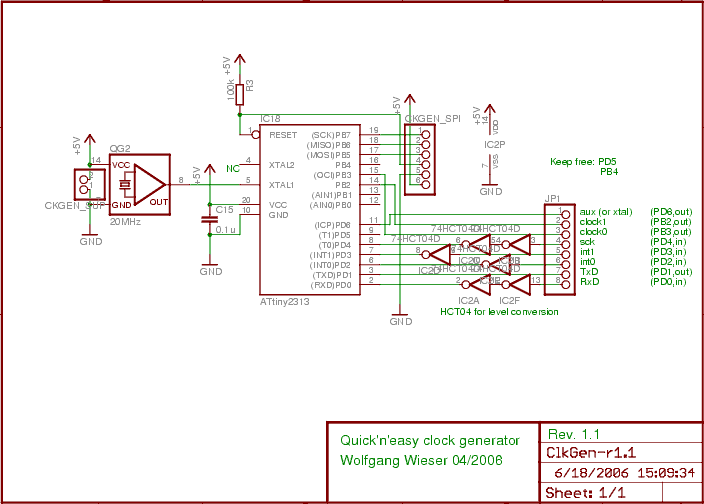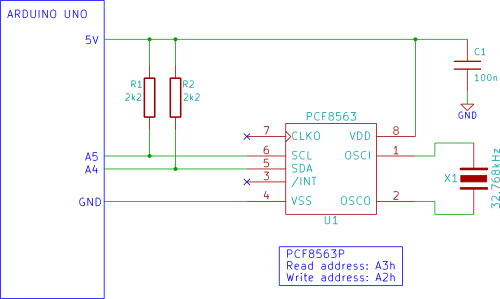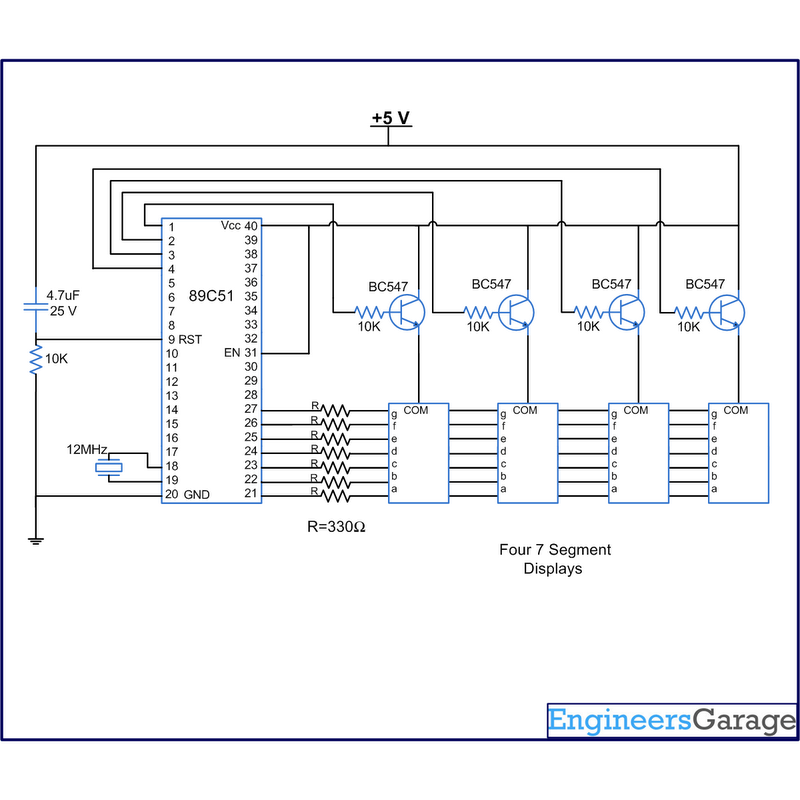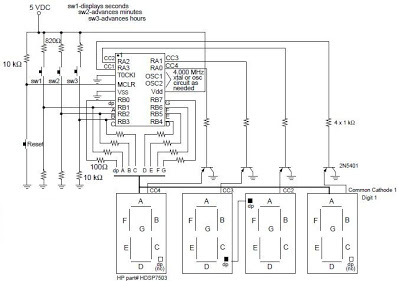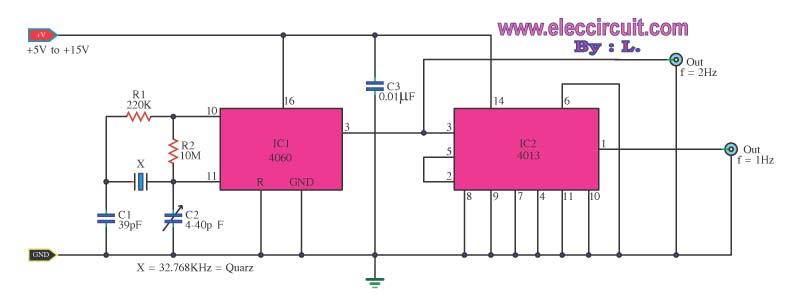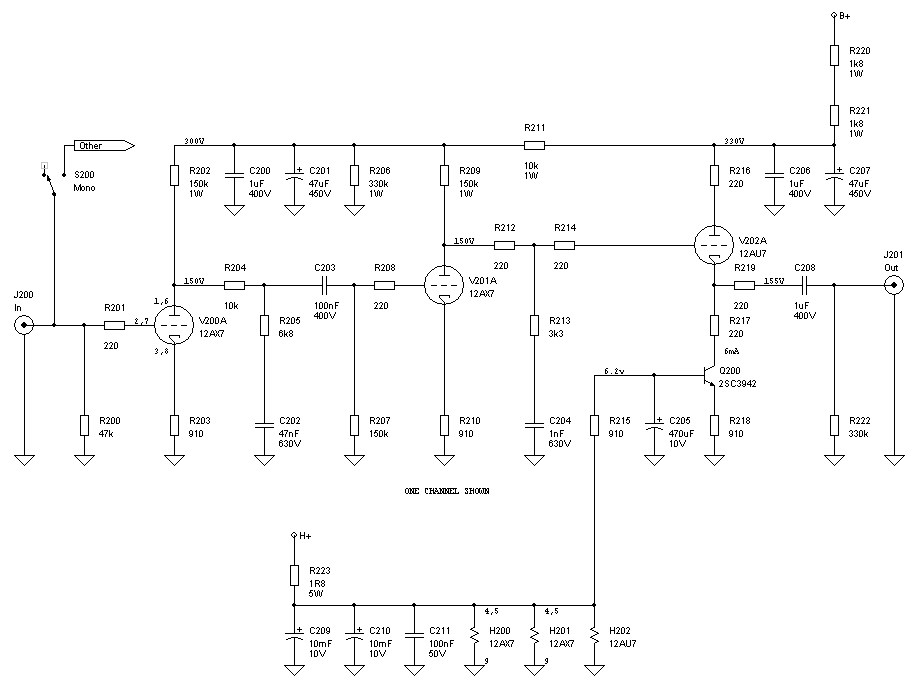
CD47 (Rodan) Nixie Tube Clock
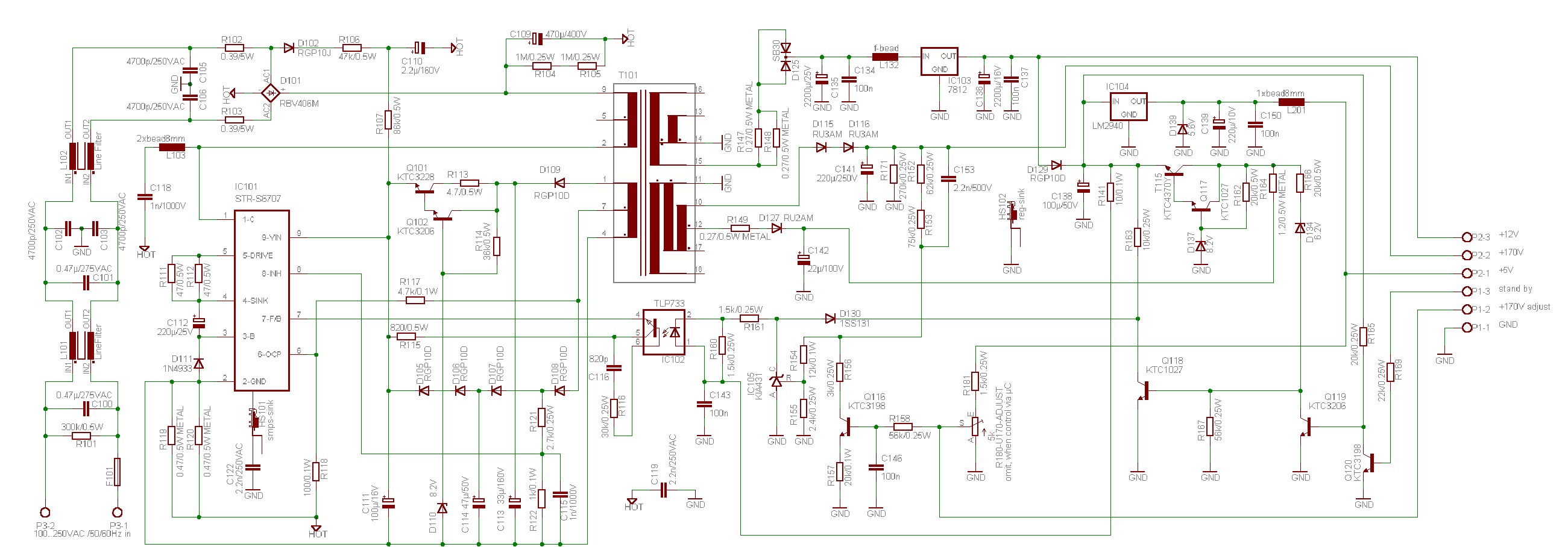
Build a CD47 Nixie Clock. Power: approximately 100 Watts. Some may question if this is over-engineered, but it will be justified by the project's outcome. The Nixie tubes will be turned off when not in use to prolong their lifespan. Detection will be achieved using an ECM (microphone) and a radar sensor. There are no adjustments needed, except for the output voltage of 170V. This can be accomplished with a potentiometer during the testing phase and later controlled by the CPU through PWM modulation. The output voltage can be adjusted from 160 to 180 Volts using the potentiometer, with future adjustments handled by the CPU. The Stand-By Mode operates effectively, maintaining a steady 5V CPU voltage with no noticeable drop. The system can handle shorted outputs and open outputs without issues. The CD47 tubes will activate upon detecting noise (e.g., door opening, TV turning on). A simple sonic sensor using an ECM will connect to the controller's analog input. Initially, it was planned to operate on 5V stand-by power, but since a radar sensor requiring 12V is included, a small DC-DC converter (5V to 12V) will be implemented for both the radar and acoustic sensors. The CD47 tubes will also activate upon detecting movement (e.g., door opening, people moving). This will be achieved with a radar sensor connected to the controller's digital input. The KMY24 radar sensor utilizes the Doppler effect, is easy to use, and provides two phase-shifted Doppler signals. These signals pass through several filters. The first operational amplifier stage functions as a differential amplifier, the second stage acts as a filter, and the third stage serves as an impedance transformer. R82 adjusts the sensitivity, and the output generates a 0/5V rectangular signal for the microcontroller. Eight octal D-type transparent latches (74HC373) will be employed, with an SMD resistor and a high-voltage SMD transistor connected to each output, resulting in a total of 64 outputs. Sixty outputs will control the cathodes, while four will be designated for the colon tubes, which are still under development. A preliminary "rats-nest" experiment demonstrated excellent functionality.
The CD47 Nixie Clock project integrates several advanced technologies to create a visually appealing and functional timepiece. The primary power requirement of approximately 100 Watts indicates a robust design capable of supporting the high voltage needs of the Nixie tubes, which operate at around 170V. The decision to implement a standby mode enhances the longevity of the Nixie tubes by minimizing their operational time when not in use.
The use of ECM and radar sensors for activation based on sound and movement is innovative, allowing for a responsive user experience. The ECM will detect acoustic signals, while the KMY24 radar sensor will utilize the Doppler effect to identify motion. The design includes a DC-DC converter to ensure that both sensors receive the necessary power, which is essential for maintaining continuous operation and responsiveness.
The adjustable output voltage feature, controlled by a potentiometer during initial testing and later by PWM modulation through the microcontroller, allows for precise tuning of the Nixie tubes' brightness and performance. Additionally, the implementation of octal D-type transparent latches (74HC373) enables efficient control of multiple outputs, facilitating the management of both the Nixie tubes and the colon tubes.
The circuit design includes multiple operational amplifier stages for signal processing, ensuring that the outputs from the radar sensor are clean and suitable for digital processing by the microcontroller. The use of filters in conjunction with a differential amplifier enhances the detection capabilities of the radar sensor, allowing it to accurately discern movement and trigger the Nixie tubes accordingly.
Overall, the CD47 Nixie Clock project exemplifies a blend of traditional clockmaking with modern electronic components, resulting in a sophisticated device that is both functional and aesthetically pleasing. The careful consideration of power management, signal processing, and output control ensures a reliable and efficient operation, making it a noteworthy addition to any electronics enthusiast's collection.Build a CD47 Nixie Clock. Power: approx. 100 Watts (some might say "Isn`t it over- engineered", but you`ll see at the end of that project, that it`s ok. Nixies will be switched off when nobody is around- this will keep them alive as long as possible. The sensors for the detection will be a ECM (microphone) and a radar sensor. As you can see there is nothing to adjust, but the output voltage 170V. This can be done by a pot for the test- phase, and later by the CPU by PWM- modulation. I started this website arter already made the experiments with the supply, so I unfortunately have no pictures of the experiments. The output voltage is adjustable from 160 to 180 Volts by the pot (later by the CPU). The Stand- By- Mode also works perfect. When switched to stand by, the 5V- CPU voltage shows no voltage drop, not even any move of the meter.
You can short any output, you can leave the output open, you can do what you want. It works. The CD47 tubes may be switched on, when a noise occurs (door opened, TV turned on or something like this). I developed a simple sonic- sensor with an ECM which will be connected to the controller (analog input).
I first planned to let it work on the 5V- stand- by- power. But as I use a radar sensor, which needs 12V to work, I planned a small DC-DC (5 to 12V) for the Radar- Sensor and for the Acoustic- Sensor. The CD47 tubes may be switched on, when a movement occurs (door opened, people moving around or something like this).
This I`ll solve with a Radar- sensor which will be connected to the controller (digital input). The KMY24 is a radar- sensor which uses the doppler effect. It`s simple to use and provides 2 phase- shifted doppler- signals. The signals run through some filters. As you can see, the first OP Stage is a typical differential amplifier. The second stage also a filter, and the third stage is just an impedance-transformer. R82 adjusts the sensitivity. The output provides the 0/5V rectangular signal for the Microcontroller. I`ll take 8 octal D-type transparent latches type 74HC373 and connect a smd- resistor and a high voltage SMD- transistor to every output- so I get 64 outputs. 60 I use for the cathodes an 4 for the colon- tubes. The colon- tubes are not developed, yet. I made a quick `rats-nest` experiment, which worked excellent: 🔗 External reference
The CD47 Nixie Clock project integrates several advanced technologies to create a visually appealing and functional timepiece. The primary power requirement of approximately 100 Watts indicates a robust design capable of supporting the high voltage needs of the Nixie tubes, which operate at around 170V. The decision to implement a standby mode enhances the longevity of the Nixie tubes by minimizing their operational time when not in use.
The use of ECM and radar sensors for activation based on sound and movement is innovative, allowing for a responsive user experience. The ECM will detect acoustic signals, while the KMY24 radar sensor will utilize the Doppler effect to identify motion. The design includes a DC-DC converter to ensure that both sensors receive the necessary power, which is essential for maintaining continuous operation and responsiveness.
The adjustable output voltage feature, controlled by a potentiometer during initial testing and later by PWM modulation through the microcontroller, allows for precise tuning of the Nixie tubes' brightness and performance. Additionally, the implementation of octal D-type transparent latches (74HC373) enables efficient control of multiple outputs, facilitating the management of both the Nixie tubes and the colon tubes.
The circuit design includes multiple operational amplifier stages for signal processing, ensuring that the outputs from the radar sensor are clean and suitable for digital processing by the microcontroller. The use of filters in conjunction with a differential amplifier enhances the detection capabilities of the radar sensor, allowing it to accurately discern movement and trigger the Nixie tubes accordingly.
Overall, the CD47 Nixie Clock project exemplifies a blend of traditional clockmaking with modern electronic components, resulting in a sophisticated device that is both functional and aesthetically pleasing. The careful consideration of power management, signal processing, and output control ensures a reliable and efficient operation, making it a noteworthy addition to any electronics enthusiast's collection.Build a CD47 Nixie Clock. Power: approx. 100 Watts (some might say "Isn`t it over- engineered", but you`ll see at the end of that project, that it`s ok. Nixies will be switched off when nobody is around- this will keep them alive as long as possible. The sensors for the detection will be a ECM (microphone) and a radar sensor. As you can see there is nothing to adjust, but the output voltage 170V. This can be done by a pot for the test- phase, and later by the CPU by PWM- modulation. I started this website arter already made the experiments with the supply, so I unfortunately have no pictures of the experiments. The output voltage is adjustable from 160 to 180 Volts by the pot (later by the CPU). The Stand- By- Mode also works perfect. When switched to stand by, the 5V- CPU voltage shows no voltage drop, not even any move of the meter.
You can short any output, you can leave the output open, you can do what you want. It works. The CD47 tubes may be switched on, when a noise occurs (door opened, TV turned on or something like this). I developed a simple sonic- sensor with an ECM which will be connected to the controller (analog input).
I first planned to let it work on the 5V- stand- by- power. But as I use a radar sensor, which needs 12V to work, I planned a small DC-DC (5 to 12V) for the Radar- Sensor and for the Acoustic- Sensor. The CD47 tubes may be switched on, when a movement occurs (door opened, people moving around or something like this).
This I`ll solve with a Radar- sensor which will be connected to the controller (digital input). The KMY24 is a radar- sensor which uses the doppler effect. It`s simple to use and provides 2 phase- shifted doppler- signals. The signals run through some filters. As you can see, the first OP Stage is a typical differential amplifier. The second stage also a filter, and the third stage is just an impedance-transformer. R82 adjusts the sensitivity. The output provides the 0/5V rectangular signal for the Microcontroller. I`ll take 8 octal D-type transparent latches type 74HC373 and connect a smd- resistor and a high voltage SMD- transistor to every output- so I get 64 outputs. 60 I use for the cathodes an 4 for the colon- tubes. The colon- tubes are not developed, yet. I made a quick `rats-nest` experiment, which worked excellent: 🔗 External reference
